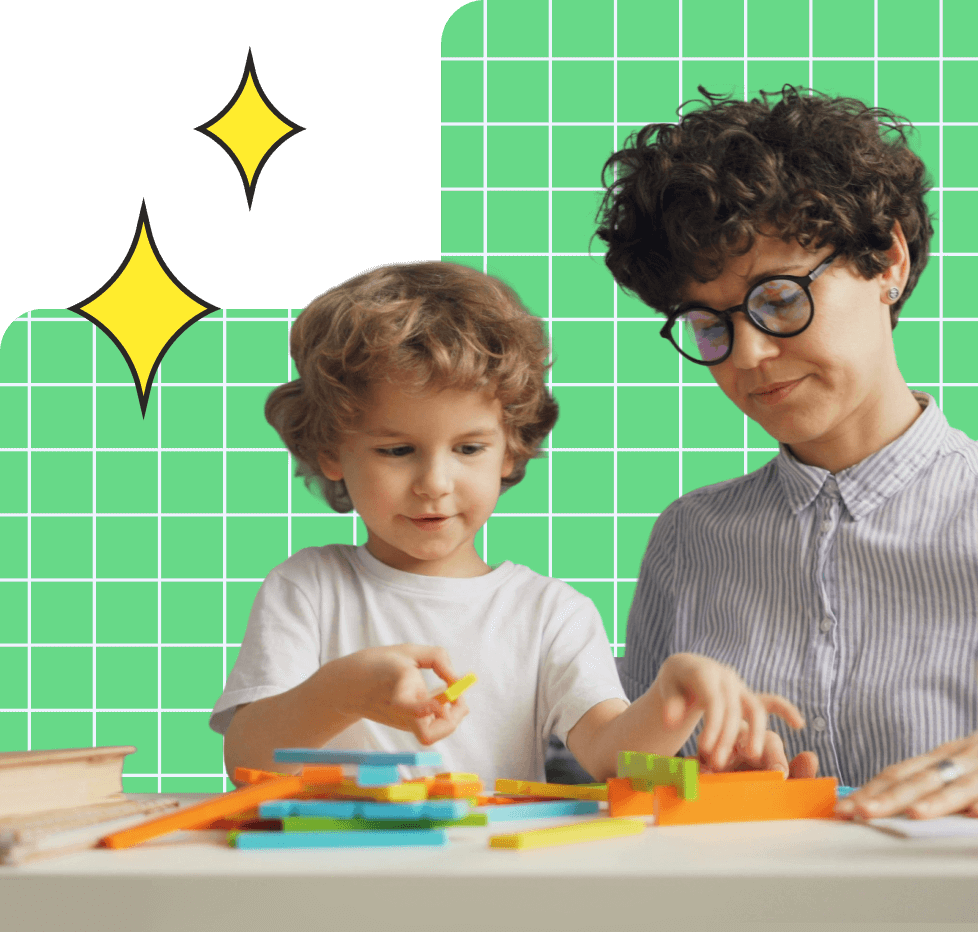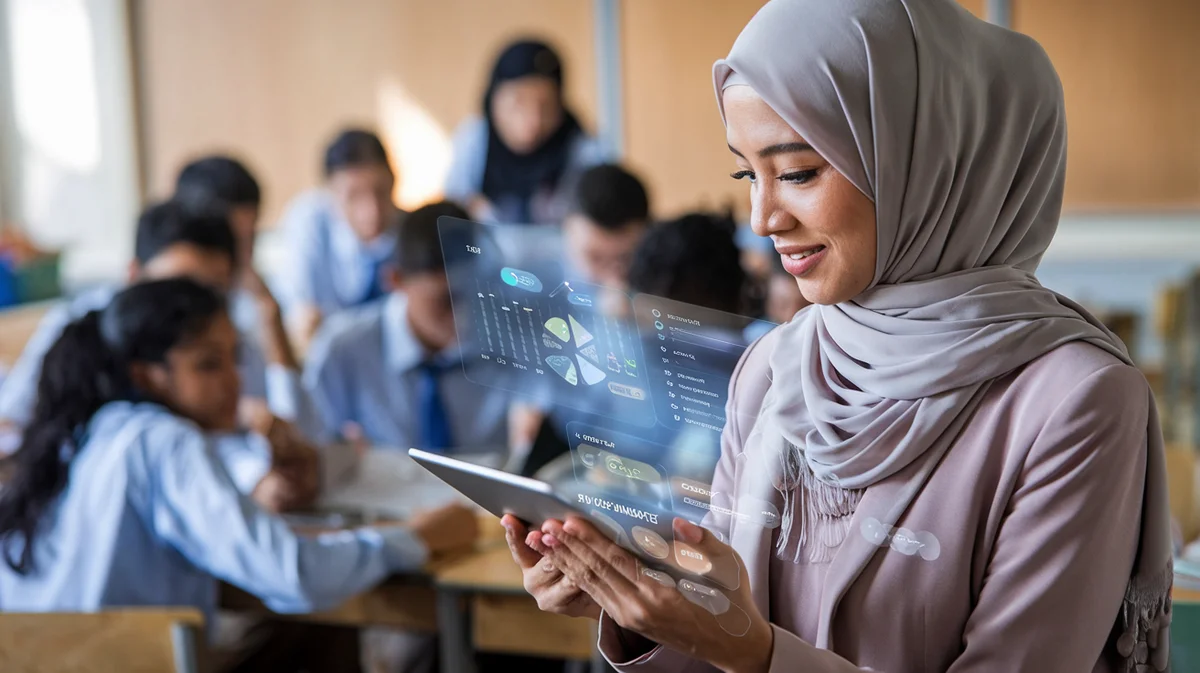Hands-On Learning: Inclusive Classroom Teaching Aids for Modern Education


wp:paragraph
Hands-on learning is reshaping education across the globe, especially in regions like the EU, MENA, and CIS. As we at UNOWA continue to empower institutions with innovative, inclusive, and curriculum-aligned solutions, it's clear that active, experiential education — supported by inclusive classroom teaching aids — is essential for unlocking every learner’s potential.
/wp:paragraph
wp:heading {"level":2}
The Power of Hands-On Learning in Inclusive Classrooms
/wp:heading
wp:paragraph
Hands-on learning, or experiential education, involves students actively engaging with materials, experiments, and real-world challenges. This approach is particularly transformative in inclusive classrooms, where diverse learners — including those with special educational needs (SEN) — benefit from adaptable, interactive teaching aids.
/wp:paragraph
wp:paragraph
Key Value: Hands-on learning fosters deeper understanding, critical thinking, and long-term retention, while also supporting social integration and confidence among all students.
/wp:paragraph
wp:heading {"level":3}
Why Hands-On Learning Matters
/wp:heading
wp:list
- Engagement: Students are more motivated and attentive when learning is interactive.
- Accessibility: Adaptable teaching aids make lessons accessible to students with varying abilities.
- Real-World Skills: Practical activities develop problem-solving, collaboration, and creativity — skills vital for the future workforce.
/wp:list
wp:heading {"level":2}
Global Progress: Inclusive Education in Focus
/wp:heading
wp:paragraph
Across Central and Eastern Europe, the Caucasus, and Central Asia, the drive for inclusive education is accelerating. According to the European Agency for Special Needs and Inclusive Education, out-of-school rates have halved over the past two decades. The percentage of children with disabilities in special schools dropped from 78% in 2005/06 to 53% in 2015/16, and those in residential institutions fell by 30% (source).
/wp:paragraph
wp:paragraph
However, challenges persist: One in three students with special needs in these regions remains in special schools, and in some countries, youth with disabilities are twice as likely to be out of school compared to their peers.
/wp:paragraph
wp:heading {"level":3}
Policy and Practice: Shifting Toward Inclusion
/wp:heading
wp:list
- Broader Definitions: Two-thirds of education systems now define inclusion to cover multiple marginalized groups, moving beyond a purely medical model.
- Support Systems: Most countries offer counseling, mentoring, learning assistance, and specialist support within mainstream schools.
- Rights-Based Approach: The EU and partner regions are adopting policies that emphasize equal opportunities for all learners (UNESCO).
/wp:list
wp:heading {"level":2}
Inclusive Classroom Teaching Aids: The Heart of Experiential Learning
/wp:heading
wp:paragraph
At UNOWA, we design and deliver inclusive classroom teaching aids that are adaptable to national standards and ready for large-scale impact. Our solutions — such as MIKKO for inclusive education and Ulabs for STEM innovation — are crafted to meet the needs of every learner.
/wp:paragraph
wp:heading {"level":3}
Adaptive Technology and Tools
/wp:heading
wp:list
- Augmentative Communication Devices: Enable non-verbal students to participate fully.
- Tactile and Visual Aids: Support sensory learning for students with visual or hearing impairments.
- Digital Platforms: Interactive software and analytics personalize learning and track progress.
/wp:list
wp:paragraph
Fact: All surveyed countries in the EU, MENA, and CIS regions report that adaptive technologies are available in inclusive settings, but mainstream teacher expertise in using these tools remains a challenge (European Agency).
/wp:paragraph
wp:heading {"level":3}
STEM for All: Bridging the Gap
/wp:heading
wp:paragraph
Millions of students in rural and underserved schools still face barriers to quality STEM education due to limited resources and insufficient teacher training. Our Ulabs platform addresses this by providing curriculum-aligned, hands-on STEM kits and digital labs that empower educators and engage students.
/wp:paragraph
wp:paragraph
Recent News: Reports emphasize the need for targeted investment and policy support to ensure equitable access to STEM in rural areas (World Bank).
/wp:paragraph
wp:heading {"level":2}
Curriculum Alignment and Teacher Training: Keys to Success
/wp:heading
wp:paragraph
Teacher Preparation: In many countries, mainstream and special education teacher training remain separate, and inclusive education is not yet mandatory in mainstream programs. This gap can limit the effectiveness of inclusive classroom teaching aids.
/wp:paragraph
wp:paragraph
Our Approach: We offer comprehensive training for educators, ensuring they can confidently integrate hands-on, inclusive tools into their teaching — aligned with national curricula and international best practices.
/wp:paragraph
wp:heading {"level":3}
Professional Advice for Institutions
/wp:heading
wp:list
- Invest in Ongoing Training: Continuous professional development in inclusive, hands-on methodologies is essential.
- Foster Partnerships: Collaboration between special competence centers and mainstream schools enhances resource sharing and expertise.
- Prioritize Adaptive Technologies: Ensure staff are trained to deploy and adapt technologies effectively.
- Align with Curriculum: Use teaching aids that are designed to meet curriculum standards for maximum impact and scalability.
/wp:list
wp:heading {"level":2}
Regulations, Policies, and Implementation
/wp:heading
wp:paragraph
Policy Implementation: While many countries have developed inclusive education policies, implementation varies. Consistent access to resources, teacher training, and adaptive technologies is crucial for success.
/wp:paragraph
wp:paragraph
Classroom Size and Demographics: Demographic changes, such as declining rural populations, have led to smaller class sizes in some areas, creating more favorable conditions for inclusive education.
/wp:paragraph
wp:paragraph
Expert Insight: "Inclusive education gives all learners equal learning opportunities in line with a rights-based approach to education." — European Agency for Special Needs and Inclusive Education
/wp:paragraph
wp:heading {"level":2}
Large-Scale Impact: Transforming Learning Experiences
/wp:heading
wp:paragraph
At UNOWA, our mission is to transform learning experiences and create a better world through modern education tools. With over 15 years of experience and more than 300 national projects delivered, we understand what it takes to scale hands-on, inclusive learning.
/wp:paragraph
wp:paragraph
Impact: Where implemented effectively, hands-on learning in inclusive settings leads to improved engagement, better learning outcomes, and greater social integration for students with diverse needs.
/wp:paragraph
wp:paragraph
Scalability: Success depends on coordinated policy, investment in teacher training, and robust support systems. Our analytics and content platforms help institutions monitor progress and adapt strategies for continuous improvement.
/wp:paragraph
wp:heading {"level":2}
Real-World Examples and Case Studies
/wp:heading
wp:list
- Bulgaria: National initiatives have integrated inclusive classroom teaching aids into mainstream schools, reducing segregation and improving outcomes for SEN students.
- Kazakhstan: Investments in STEM labs and teacher training have expanded hands-on learning opportunities in rural areas.
- UAE: Government policies now mandate inclusive education, with a focus on adaptive technologies and curriculum alignment.
/wp:list
wp:heading {"level":2}
Further Reading
/wp:heading
wp:list
- European Agency for Special Needs and Inclusive Education
- UNESCO: Inclusion in Education
- World Bank: Inclusive Education
- UNOWA
/wp:list
wp:heading {"level":2}
FAQ
/wp:heading
wp:paragraph
What are inclusive classroom teaching aids? Inclusive classroom teaching aids are tools and resources — such as tactile materials, adaptive technologies, and interactive software — designed to support the learning needs of all students, including those with special educational needs.
/wp:paragraph
wp:paragraph
How does hands-on learning benefit students with special needs? Hands-on learning provides practical, engaging experiences that can be tailored to individual abilities, making lessons more accessible and meaningful for students with diverse needs.
/wp:paragraph
wp:paragraph
What is required for successful implementation of inclusive, hands-on learning? Effective implementation requires curriculum-aligned teaching aids, ongoing teacher training, supportive policies, and access to adaptive technologies.
/wp:paragraph
wp:paragraph
How does UNOWA support large-scale educational transformation? We deliver complete educational systems — including content, training, analytics, and inclusive classroom teaching aids — adaptable to national standards and scalable for impact across schools, kindergartens, and special education centers.
/wp:paragraph
wp:paragraph
Where can I learn more or get involved? Visit UNOWA to explore our solutions or sign up for a consultation.
/wp:paragraph
wp:paragraph
Empowering educators to create a brighter future for all students is at the heart of what we do. Let’s work together to transform learning experiences for the better — because every child deserves access to quality education, regardless of their abilities.
/wp:paragraph








